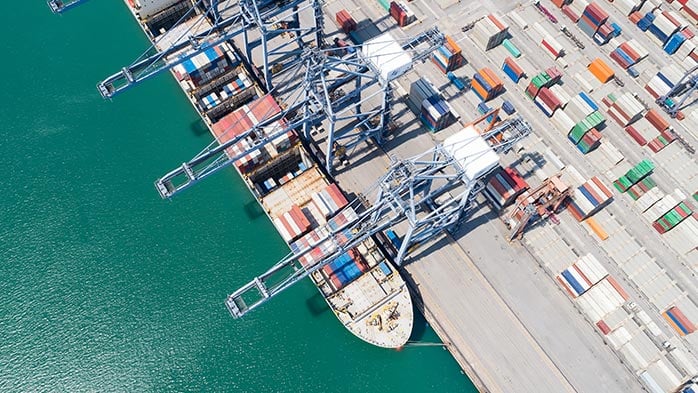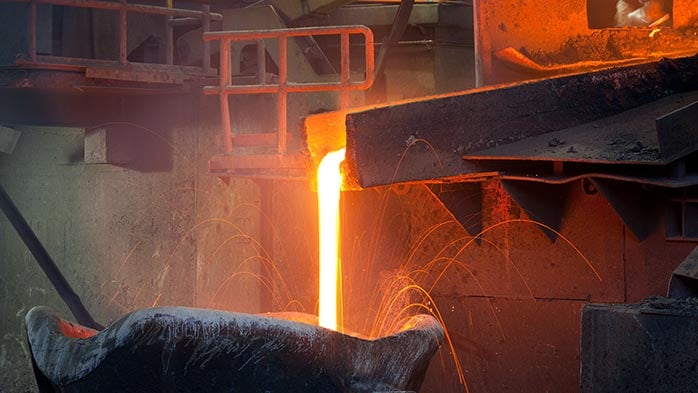Chinese households amassed excess savings in 2022
Chinese households have accumulated record high excess savings of RMB6.6 tn (approximately USD1 tn at the current exchange rate) over the past year, amid prolonged and repeated Covid-19 lockdowns and the downturn in the property market. Historically, Chinese households tend to build up substantial savings during periods of uncertainty. After each period of economic uncertainty, households splurged again with the year-on-year differences in savings dropping to negative territory (Figure 1).
Figure 1: Households have built up massive savings during economic crises
DATA: CRU, PBoC, CEIC.
Households shunned away from the housing market
The extended downturn in housing sales has shifted more savings into bank deposits. The increase in household deposits in 2022 outpaced household loans (mostly mortgages) by RMB14 tn, the largest gap since the People's Bank of China started reporting the data in 1997 (Figure 2). The abrupt reopening could eventually start to shift households’ cautious outlook. As China’s reopening also coincides with a policy easing cycle in the property market, households will likely return to the property market and in turn support more housing-related spending such as home appliances later in 2023.
Figure 2: Net household savings hit record high in 2022
DATA: CRU, PBoC, CEIC. NOTE: Net households savings = newly increased in household deposits – newly increased in household loans (mostly mortgages)
Restoring confidence before unleashing pent-up demand
With pandemic-related uncertainties likely to last for a few months, households could remain risk-averse at least in the first two months of 2023. However, with a much higher cash stockpile in bank deposits, households will have more money to spend on discretionary consumption or invest in housing and other asset markets when economic conditions and expectations improve. That said, this will still be challenging for the households in the near term as disposable income per capita in real terms grew by only 2.9% in 2022, slowing from 8.1% in 2021 (Figure 3 left chart). Scarring from the pandemic, in the form of job losses and stagnant income, means it may take more time for consumers to rebuild confidence (Figure 3 right chart).
Figure 3: Covid scars need to heal for consumption to drive growth
DATA: PBoC, NBS, CEIC, CRU
If you are keen to hear more about our views on China and global economy, please refer to our Global Economic Outlook and/or get in touch with CRU economists:
Henry Hao: Hangwei.Hao@crugroup.com
Alex Tuckett: Alex.Tuckett@crugroup.com

















